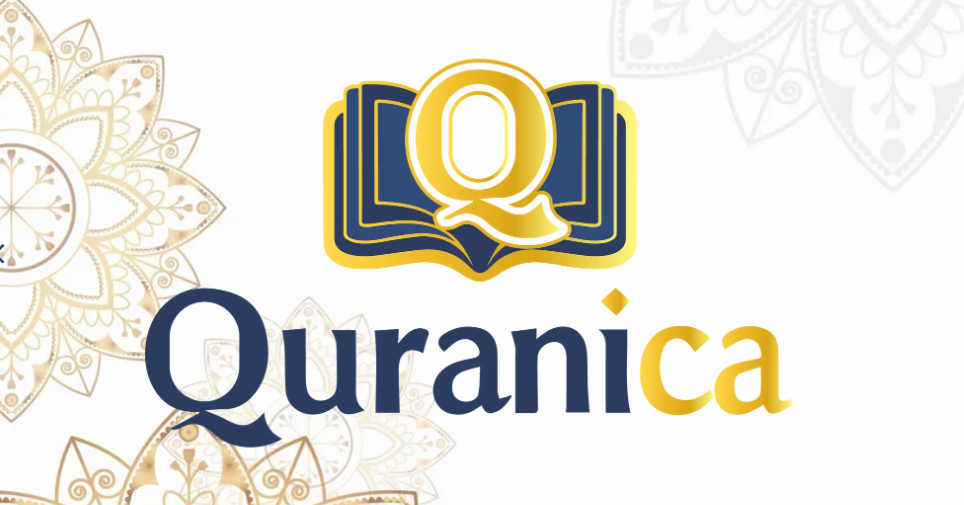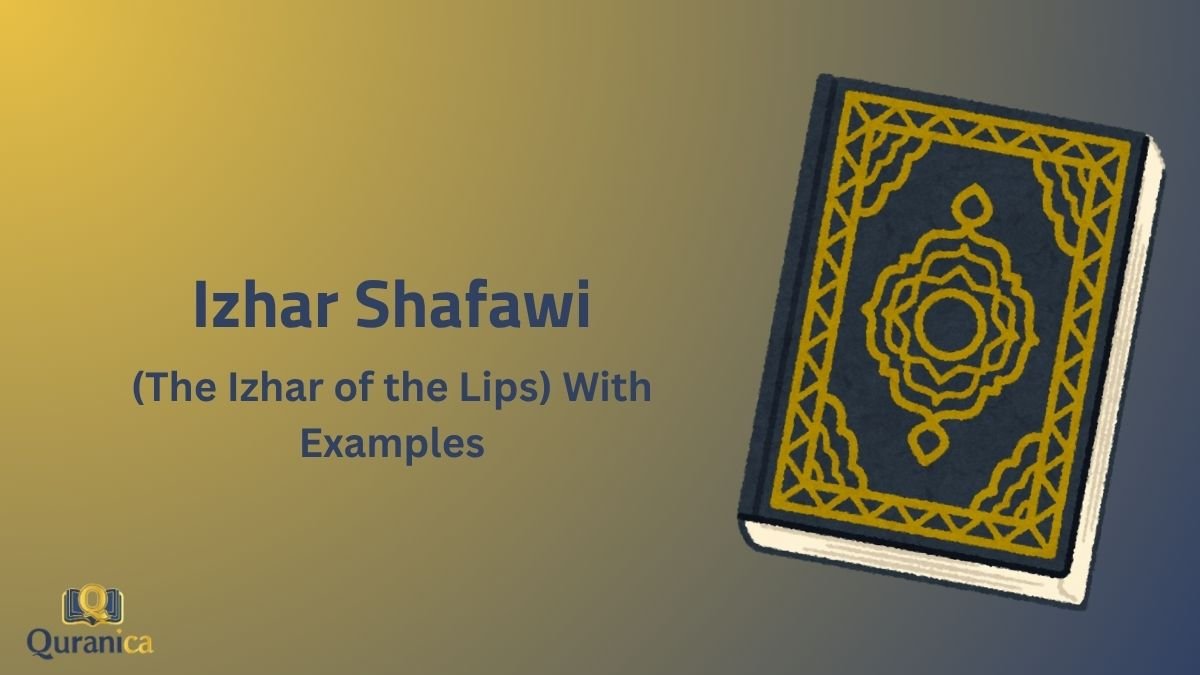Tajweed is the art of reciting the Quran with both precision and reverence, and among its essential rules is Izhar Shafawi—the clarity of the lips. This rule applies to one specific letter: Meem (م).
Whenever a Meem Sakinah (مْ) is followed by any letter except Meem (م) or Baa (ب), the sound must be pronounced clearly and without blending or nasalization. Understanding how and when to apply Izhar Shafawi helps maintain the purity of pronunciation and the elegance of Quranic rhythm.
Izhar Shafawi
The second major type of Izhar is called Izhar Shafawe (إِظْهَار شَفَوِي). The word Shafawe means “of the lips,” and this rule is specifically related to the letter Meem (م), which is articulated using the lips.
The Rule of Meem Sakinah
This rule applies exclusively to the Meem Sakinah (a Meem with a sukoon: مْ). Izhar Shafawe occurs when a Meem Sakinah is followed by any letter of the Arabic alphabet, with two important exceptions: the letters Meem (م) and Baa (ب).
When a Meem Sakinah is followed by Meem, the rule is Idgham. When it’s followed by Baa, the rule is Ikhfa Shafawe. For all other letters, the Meem is pronounced with clarity.
Letters of Izhar Shafawe
Since this rule applies when Meem Sakinah is followed by any letter except Meem or Baa, there are 26 letters that trigger Izhar Shafawe. It is easier to remember the two exceptions (م and ب) than to memorize all 26 letters.
Izhar Shafawe Example from the Quran
Let’s look at an of examples from the Quran to see this rule in action.
In Surah Al-Kafirun, Allah says:
“لَكُمْ دِينُكُمْ وَلِيَ دِينِ”
lakum deenukum waliya deen
“For you is your religion, and for me is my religion.”
Here, the Meem Sakinah (مْ) in lakum is followed by the letter Daal (د). Daal is not Meem or Baa, so the ‘m’ sound is pronounced with perfect clarity: lakum deenukum.
Read also: Izhar Halqi (The Izhar of the Throat) With Examples
Learn Tajweed With Quranica
Izhar is more than just a rule; it is a discipline of clarity, precision, and respect for the divine words of the Quran.
Your journey to flawless recitation is a noble one, and you don’t have to walk it alone. At Quranica, we are dedicated to helping you connect with the Quran on a deeper level.
We invite you to explore our world of authentic Quranic education:
- Learn Quran with Tajweed (for all levels)
- Quran Memorization (Hifz) Programs
- Ijazah Course
- Islamic Studies
- Ten Qirat
- Arabic Lessons for Beginners
Explore our full range of courses.
Enroll in a Quranica course today and begin your journey toward flawless recitation!

Conclusion:
Izhar Shafawi may seem like a small rule, but it reflects a larger discipline—one that respects the sacred structure of Allah’s words. By learning to apply this rule correctly, you’re not just improving your pronunciation—you’re bringing your recitation closer to how it was taught by the Prophet ﷺ.
At Quranica, we provide structured and personalized guidance to help you master these principles and grow in both skill and spirituality.
Join us today and take the next step on your journey toward perfecting your Tajweed.








0 Comments